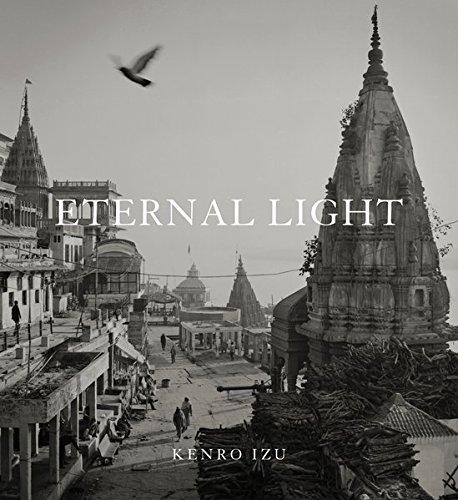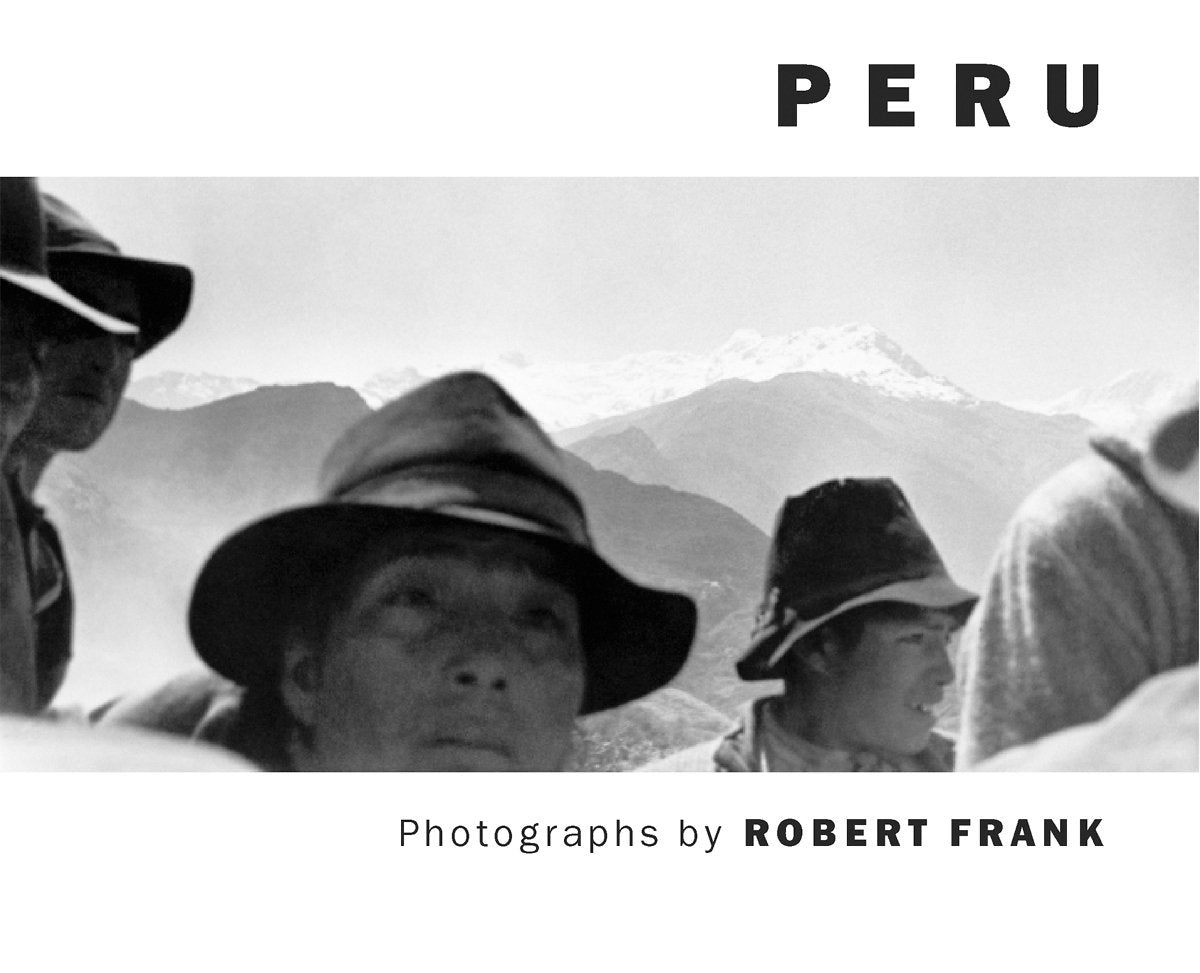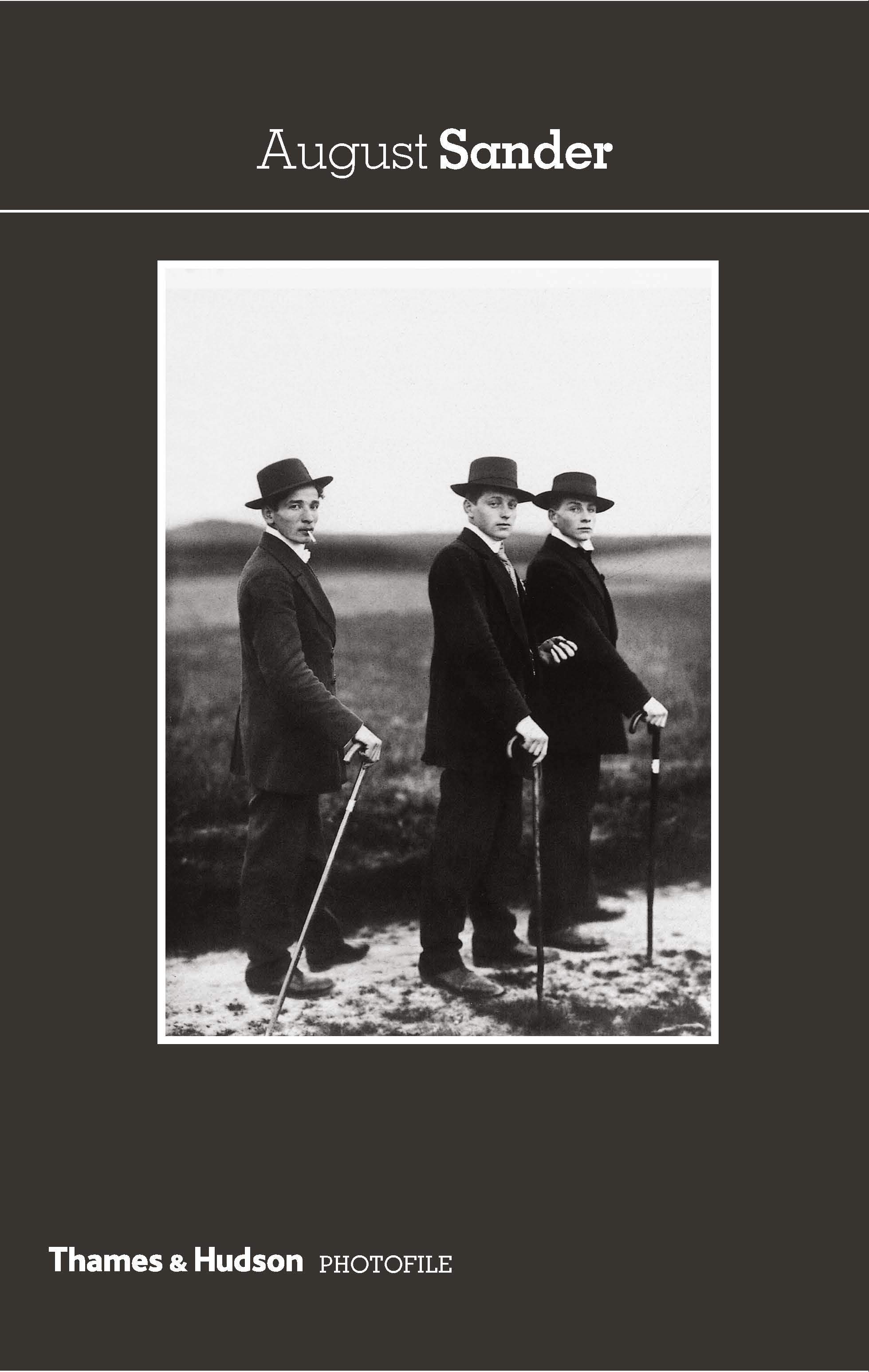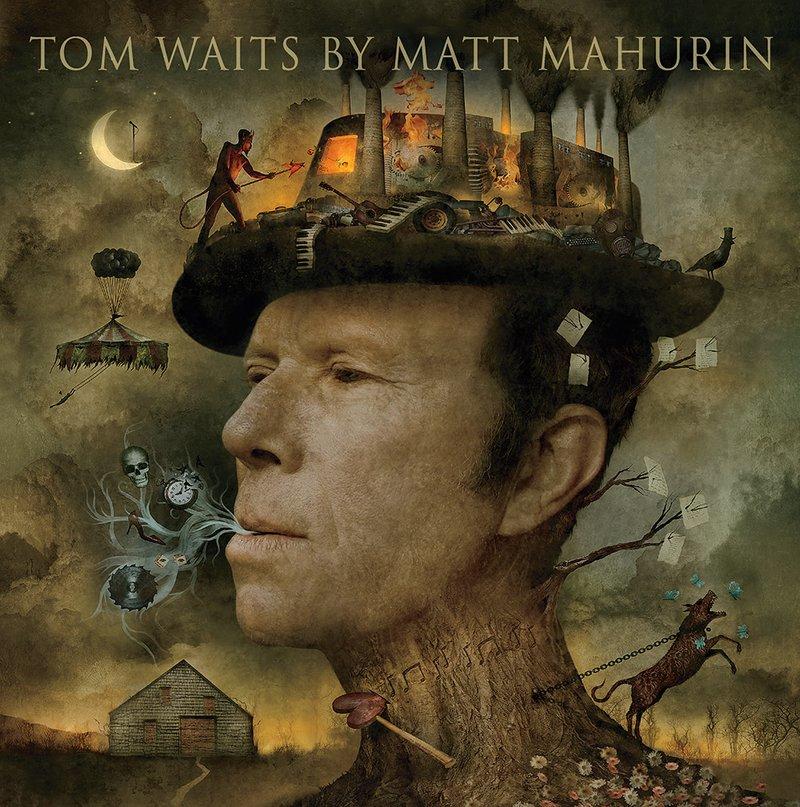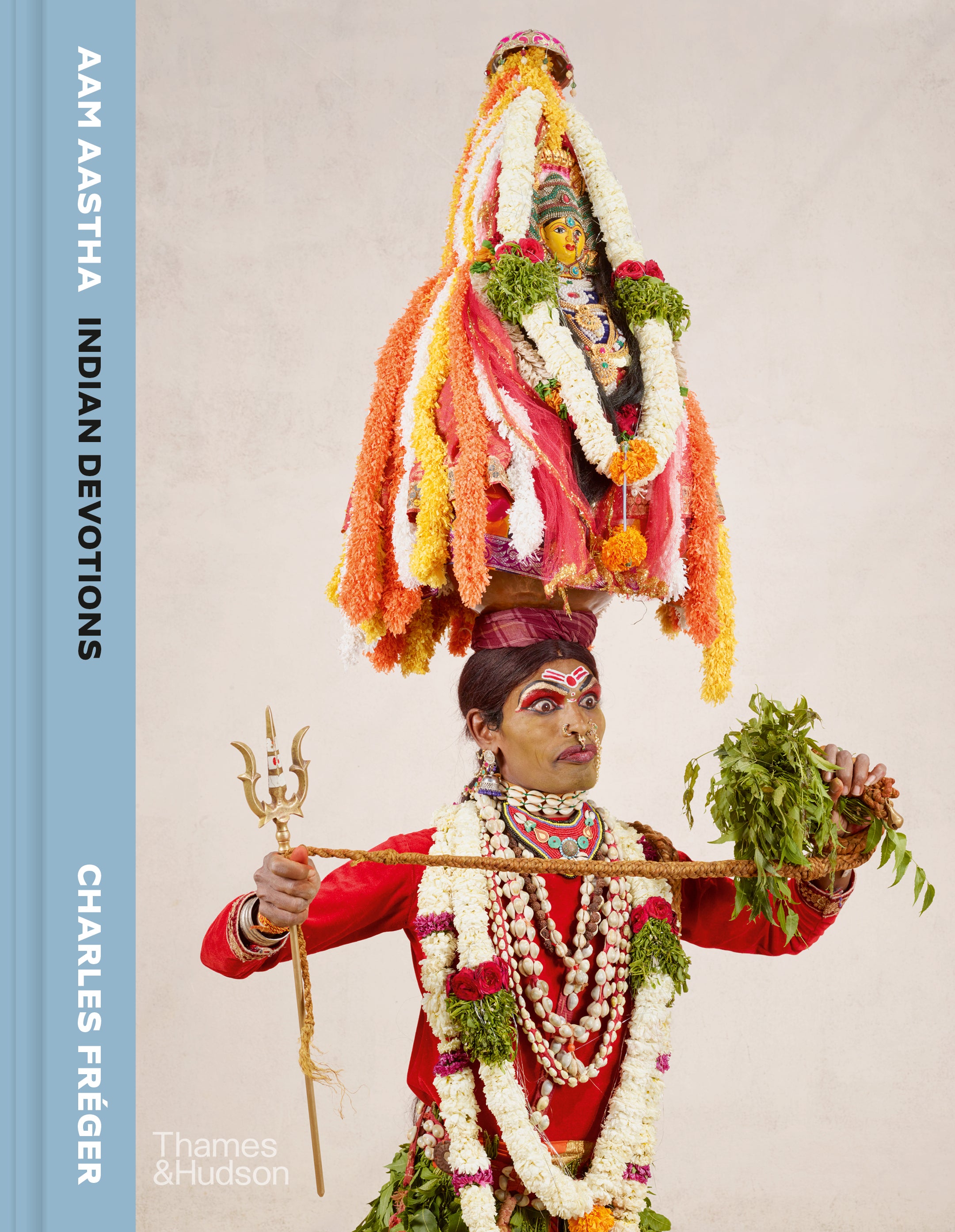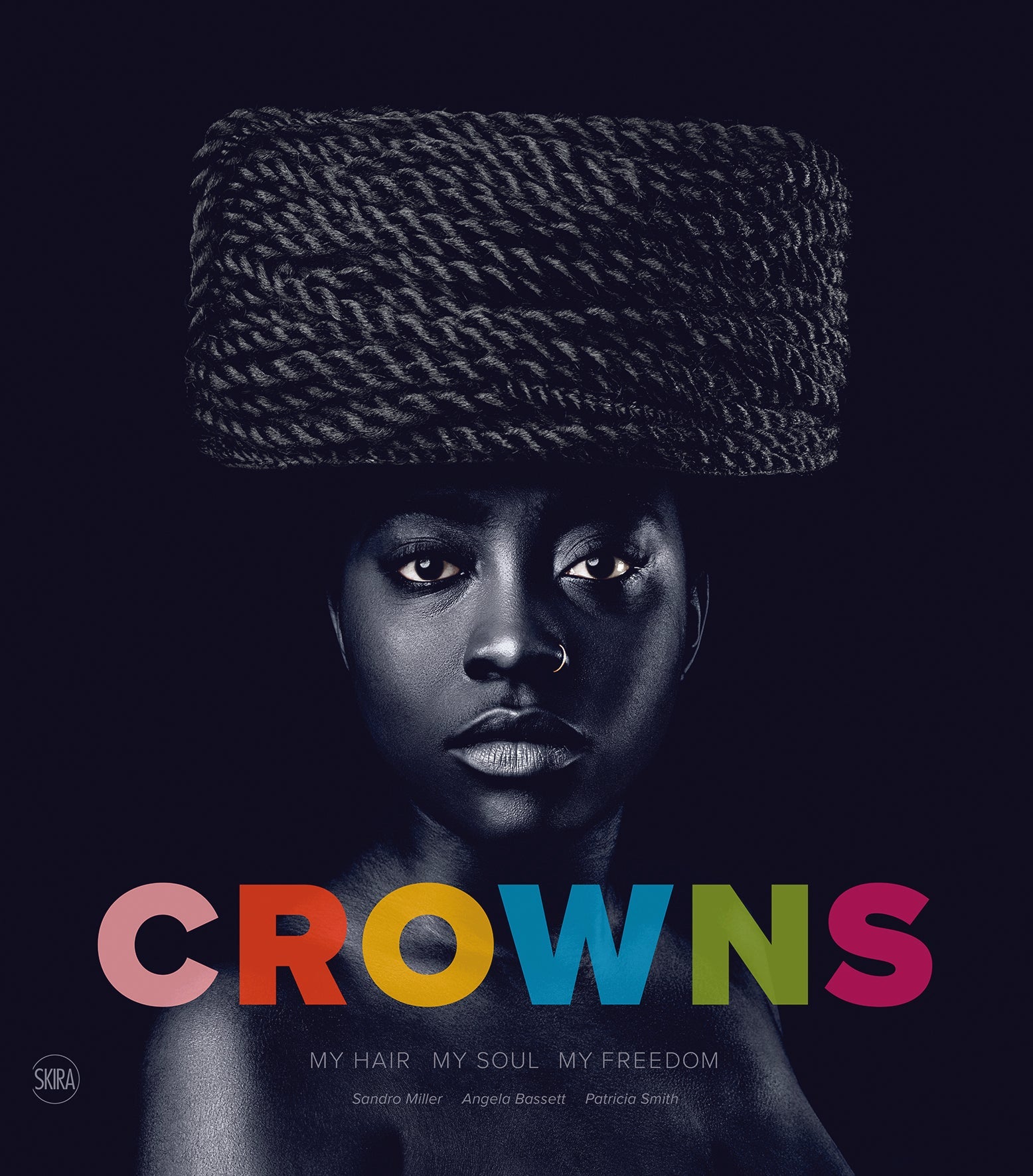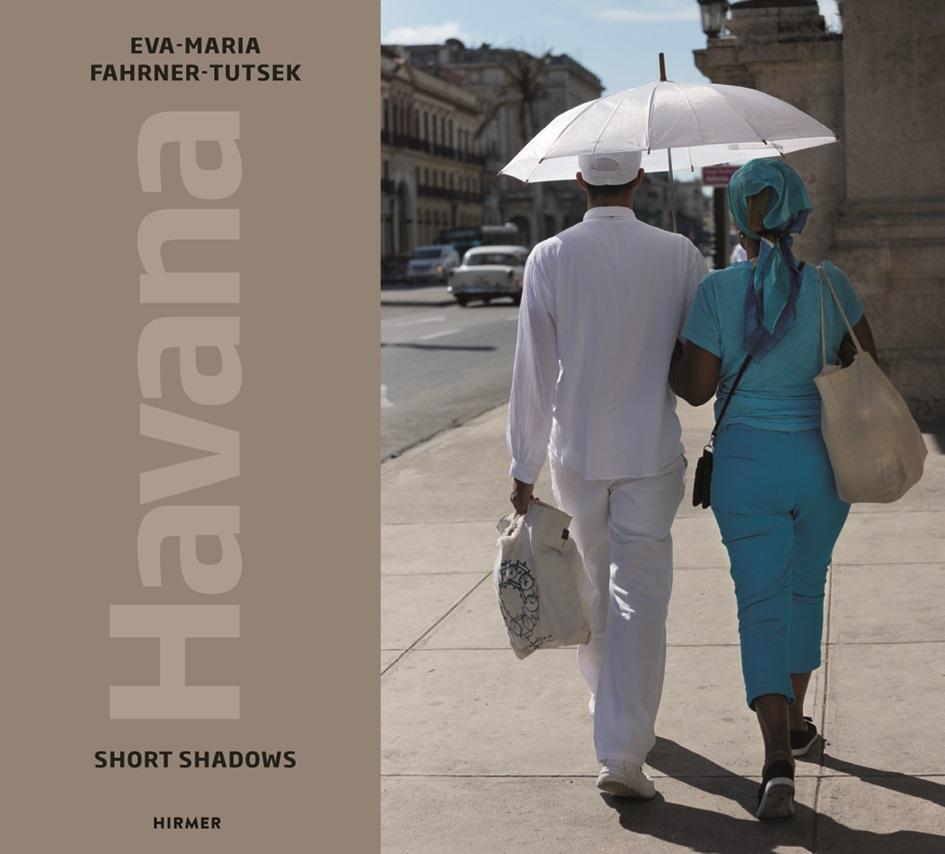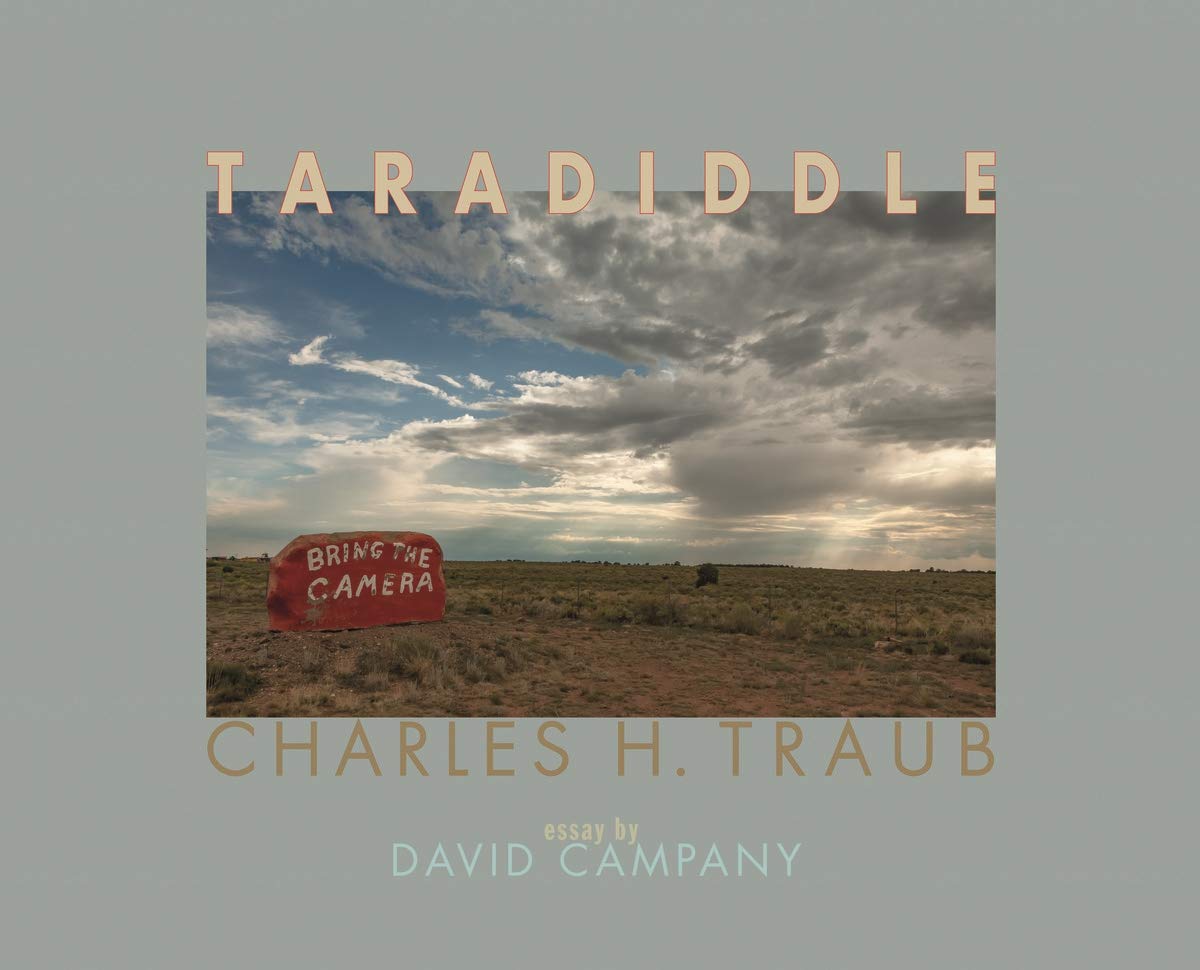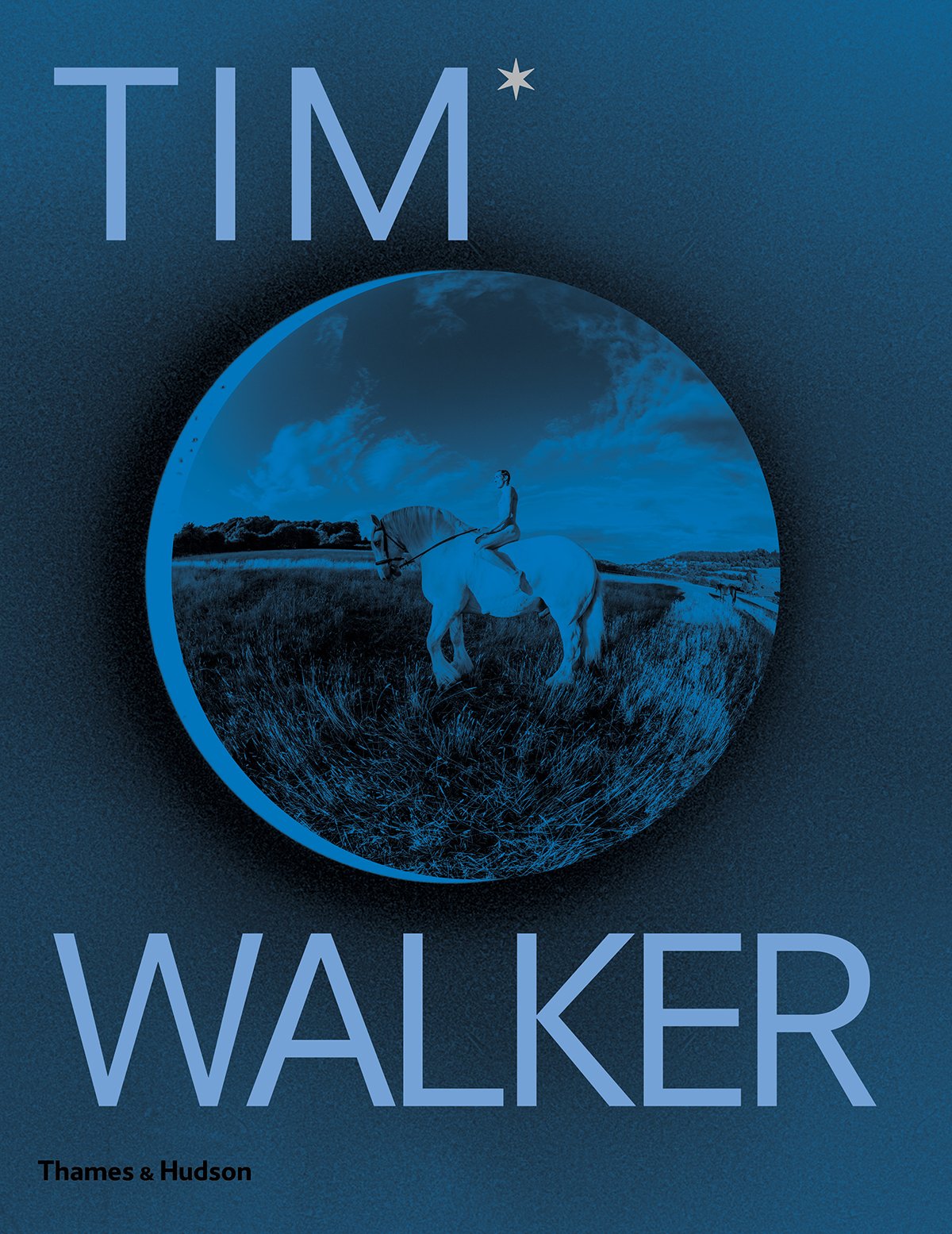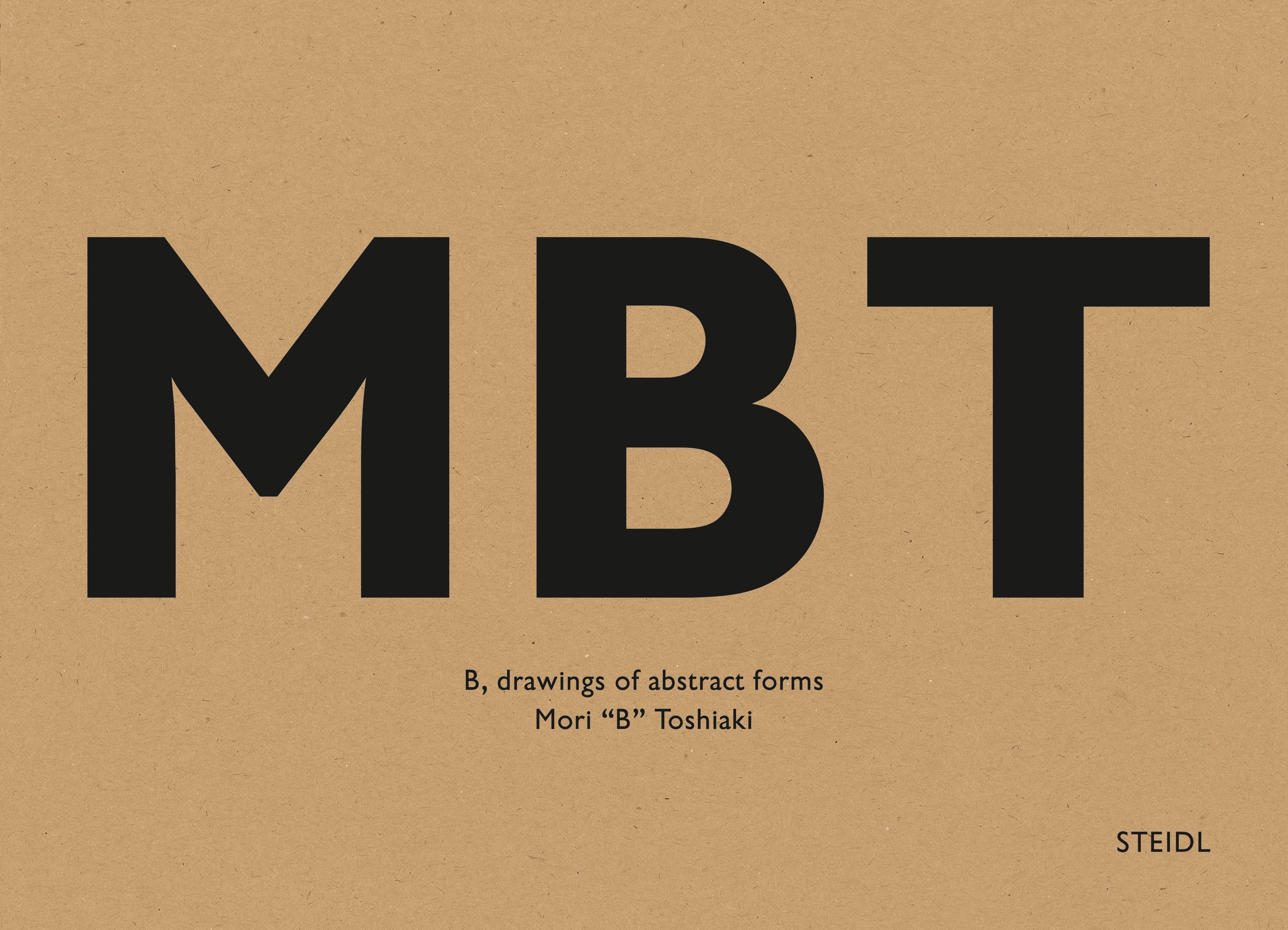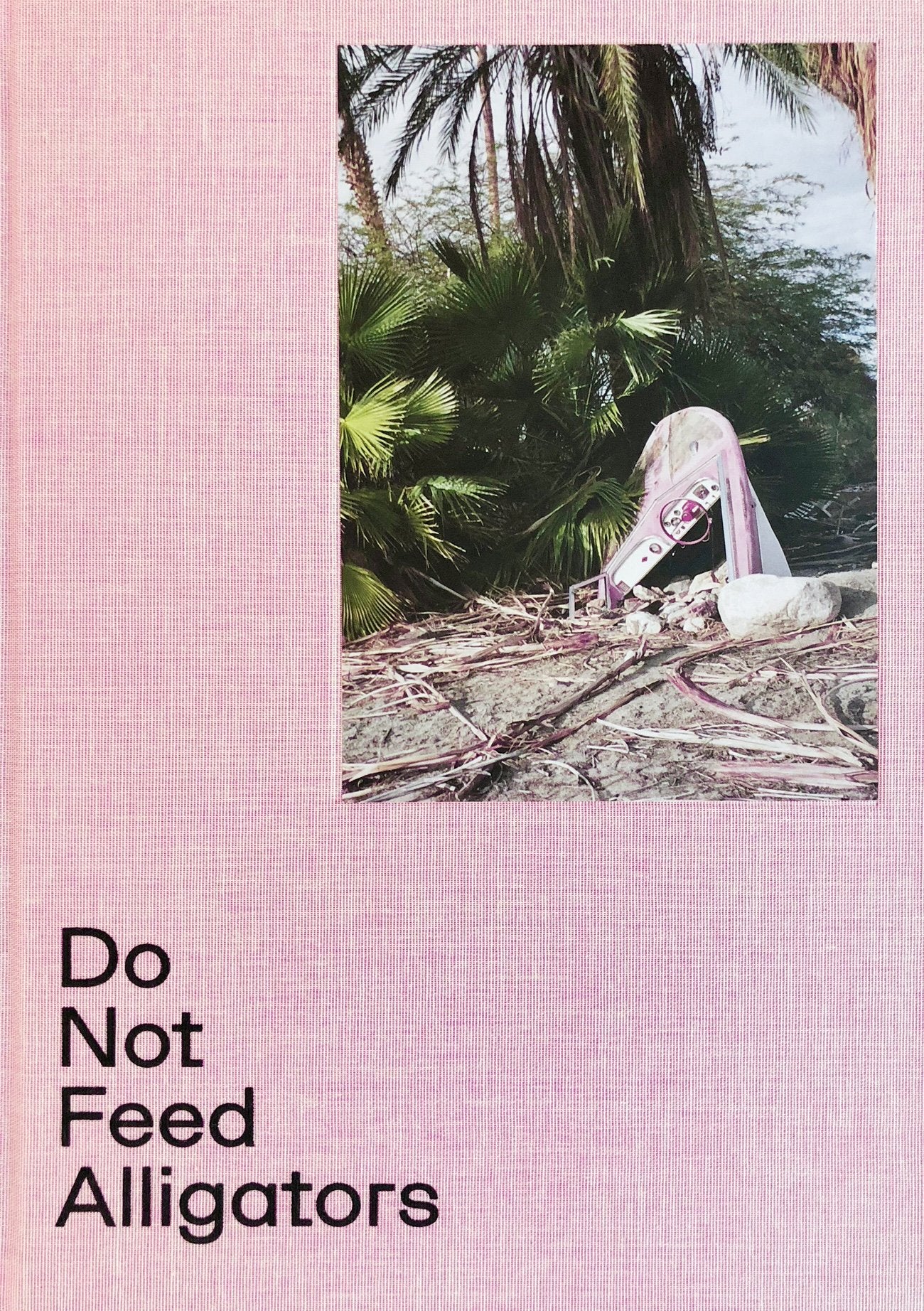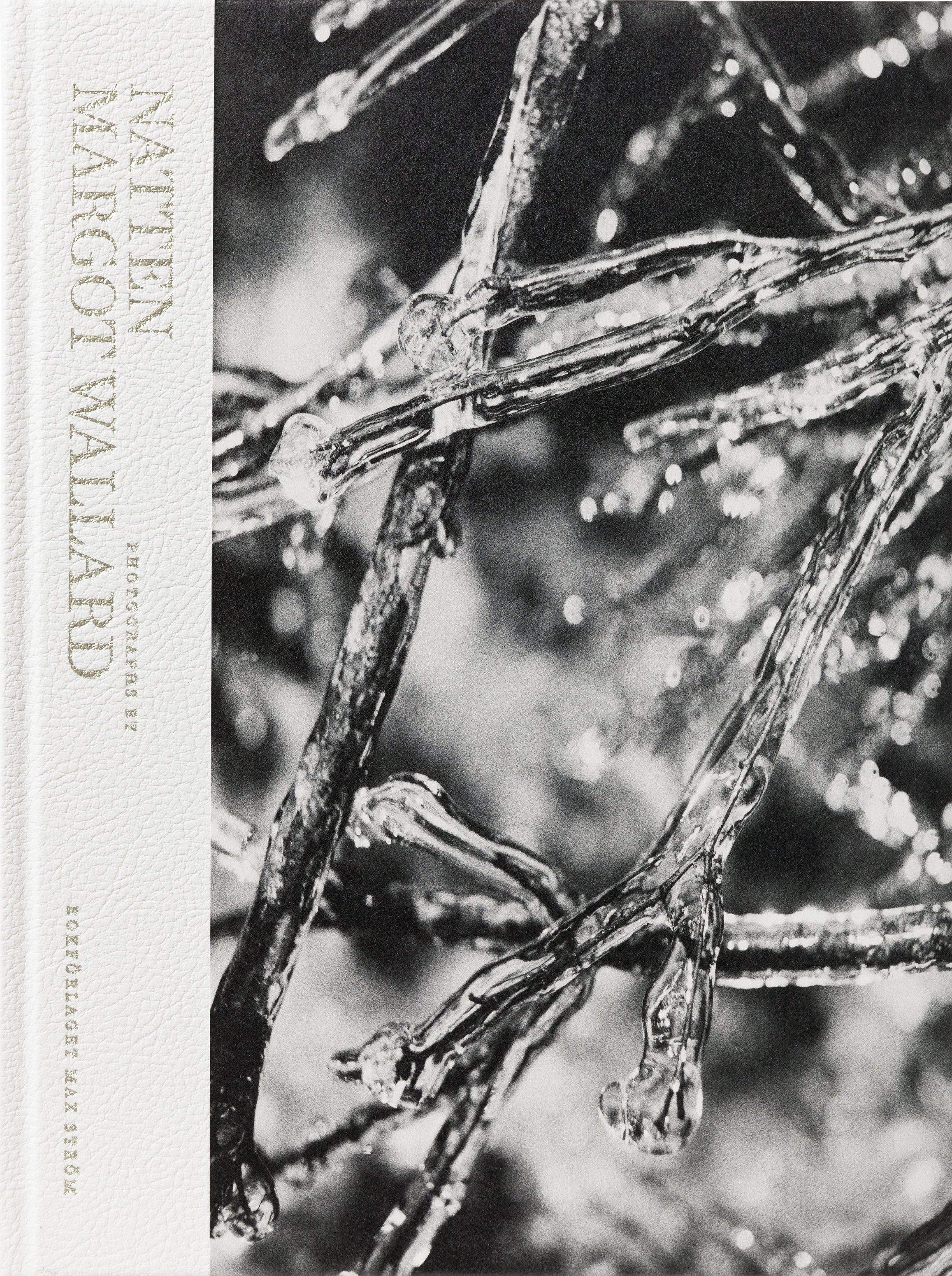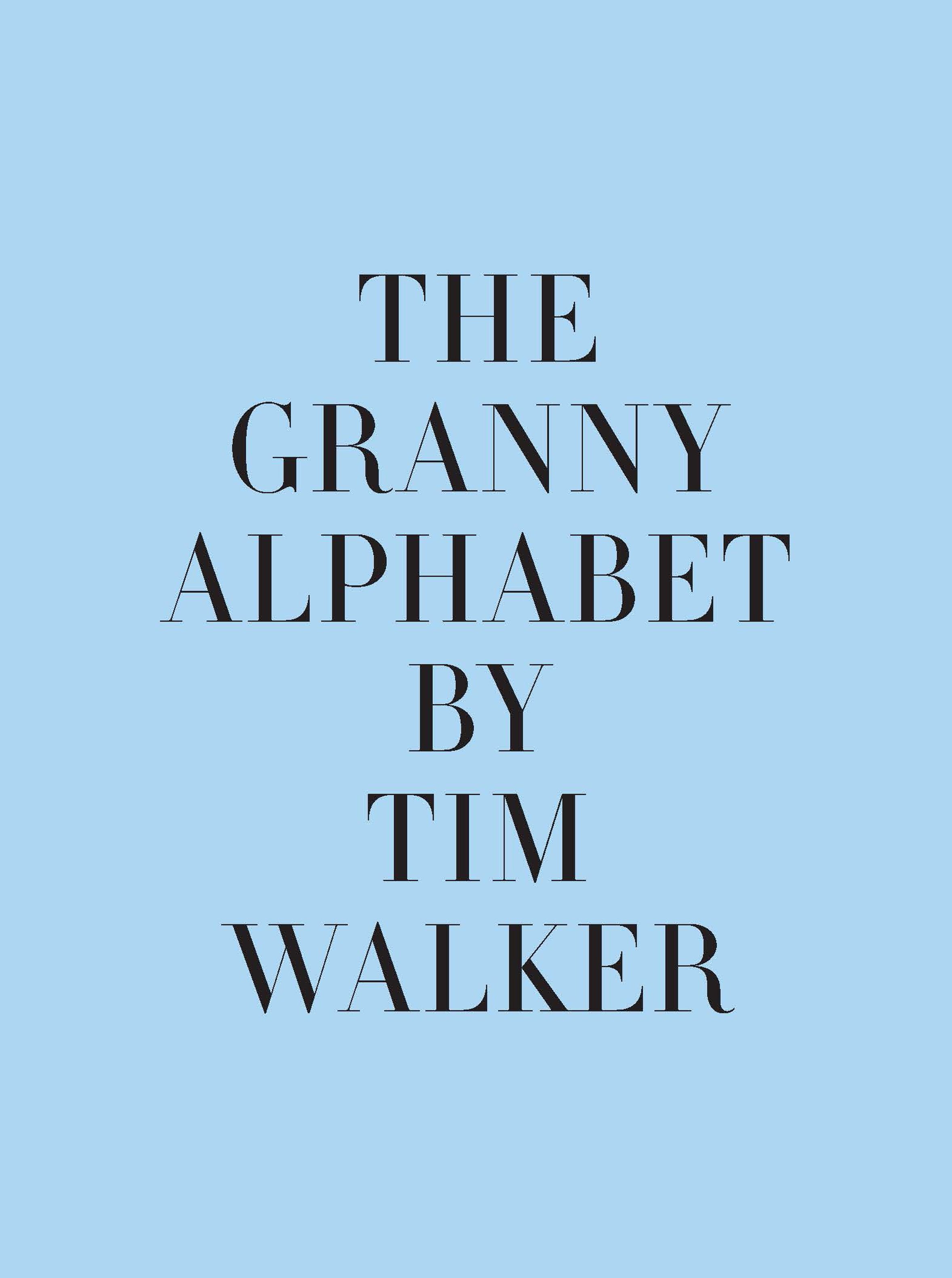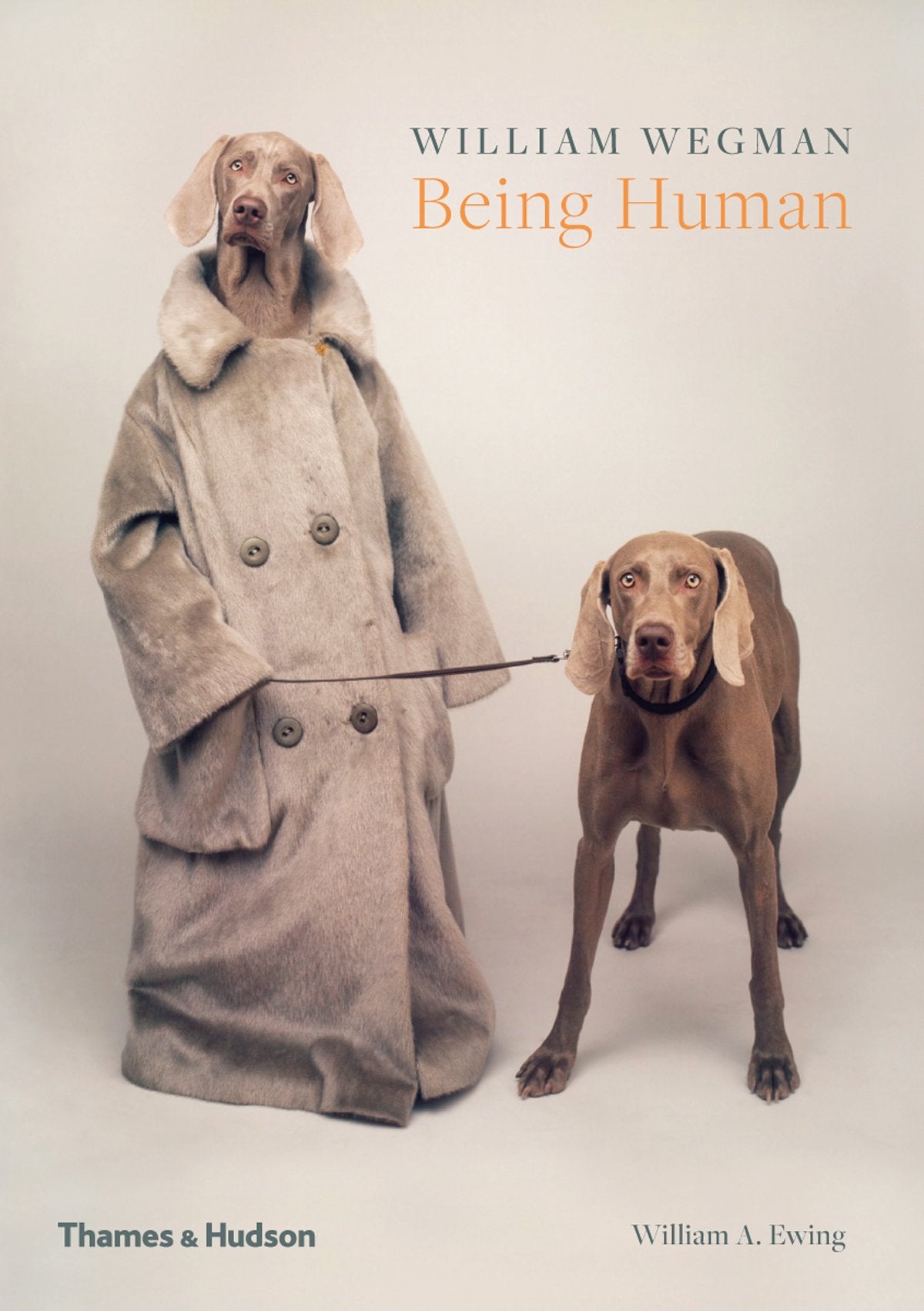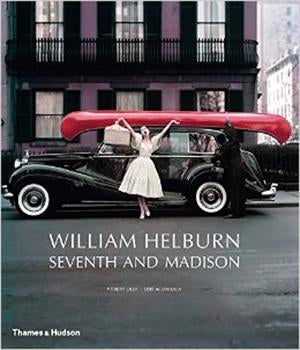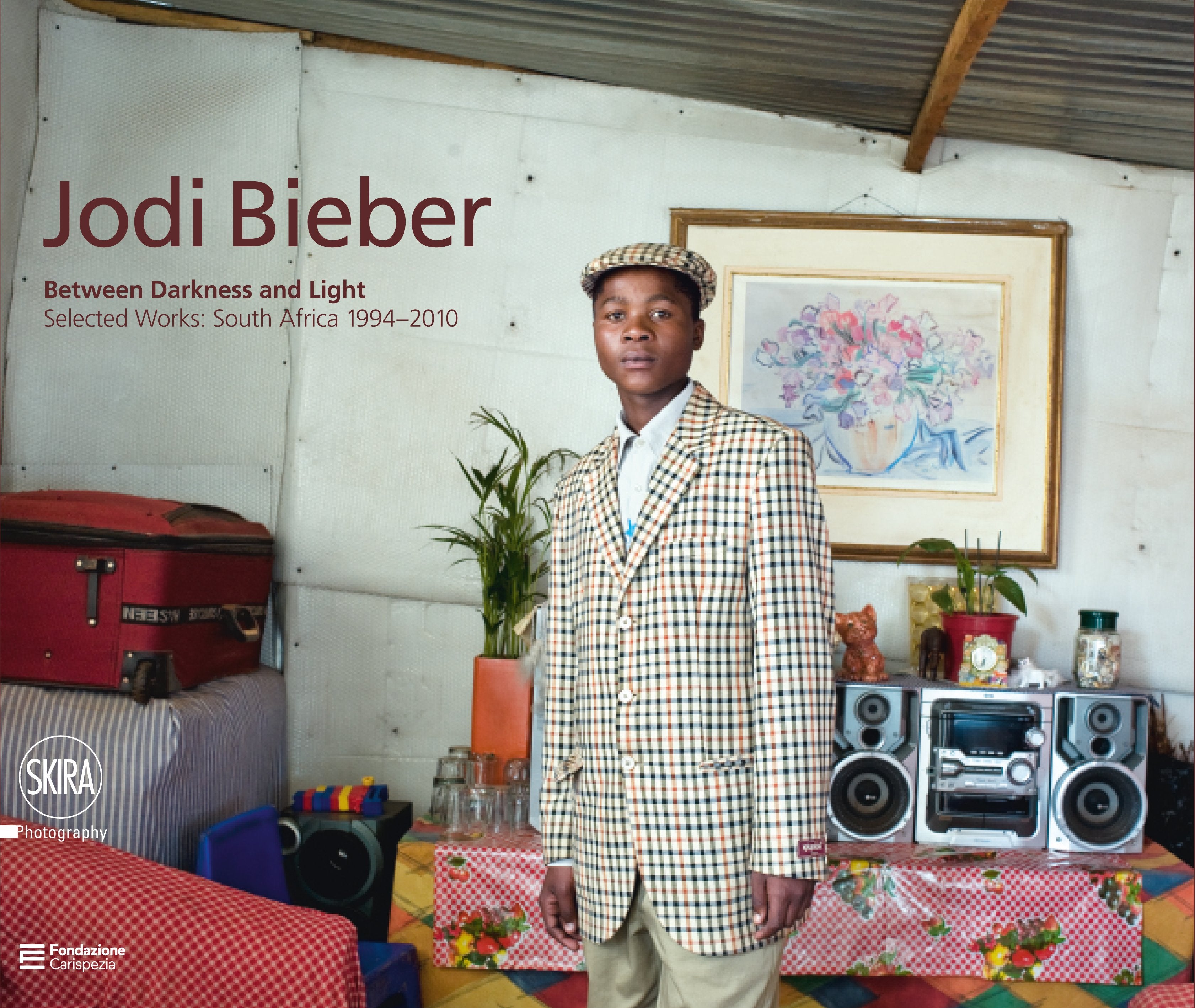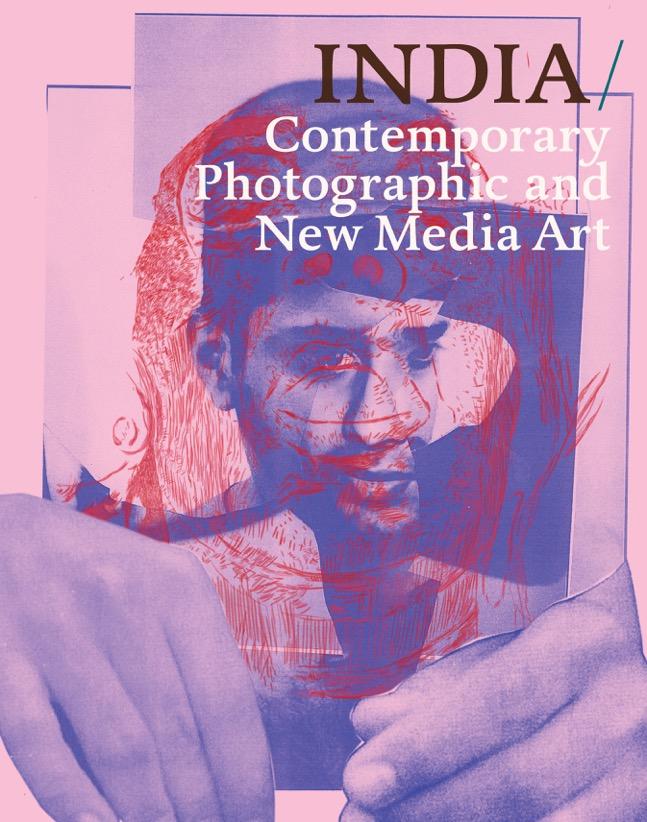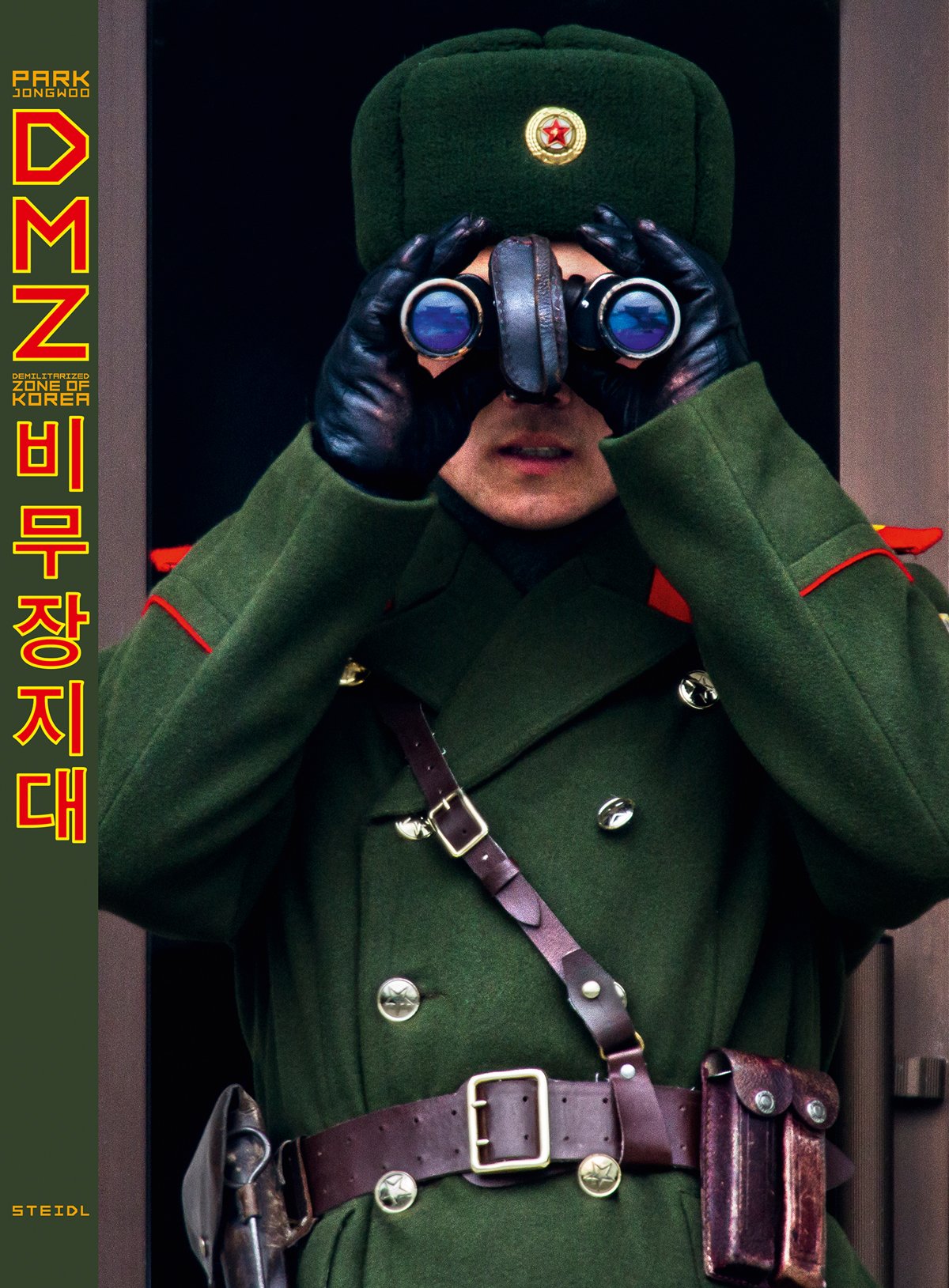Kenro Izu: Eternal Light
Juhi Saklani
Kenro Izu’s Eternal Light radiates spirituality. In Varanasi, known as the Indian “City of Light,” Izu photographed festivals, rituals, cremations as well as individual experiences of joy and suffering related to death and the afterlife. In Allahabad, where the Ganges and Yamuna Rivers meet, Izu attended the festival of Kumbh Mela, and in the city of Vrindavan, he photographed among the thousands of temples dedicated to Krishna. Highly attuned to the emotions of his subjects, Izu’s exquisitely rendered photographs transcend earthly concerns. He has stated: “It’s as though the Hindu gods have suggested that I think about the question, where are people heading, in this life and after?”
Through these photographs Izu strives to find the answers. Kenro Izu is interested in focused clarity achieved through meditative stillness rather than through language. A simplifying quietude reduces the chatter behind the eyes and produces concentrated seeing. Arthur Ollman, founding director of the Museum of Photographic Arts, San Diego
Since 1979, Kenro Izu has traveled the world photographing its sacred places. His first visit to Cambodia in 1993 to photograph a series of monuments in Angkor set him on a path to depict the sacred places and people of Asia, one that he continues to this day. He has since created major bodies of work focused on Cambodia, Nepal, Bhutan, and most recently, India. His photographs have been published in five books including Kenro Izu: 30 Year Retrospective (2010) and can be found in museum collections including those of the Metropolitan Museum of Art, New York; Museum of Fine Arts, Boston; Los Angeles County Museum of Art; Tokyo Metropolitan Museum of Photography; and the J. Paul Getty Museum, Malibu.





